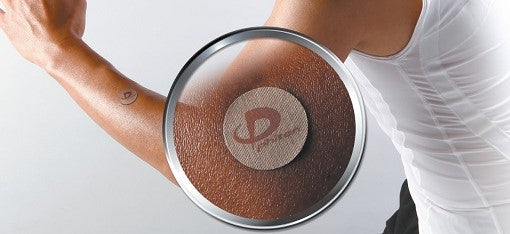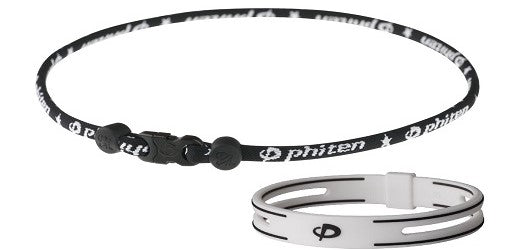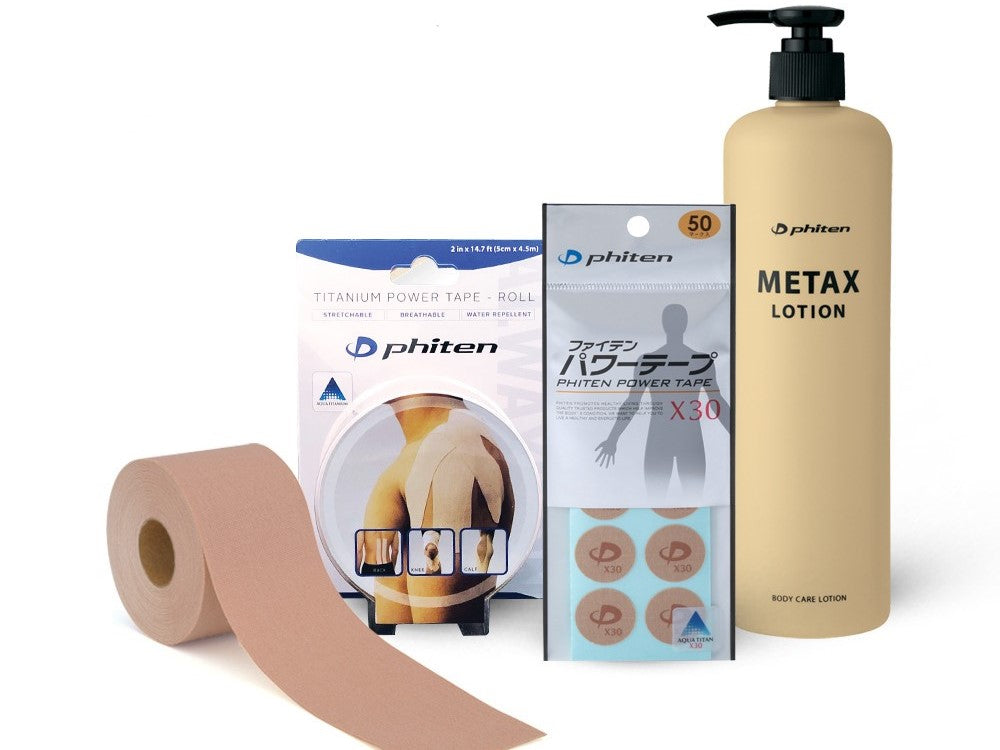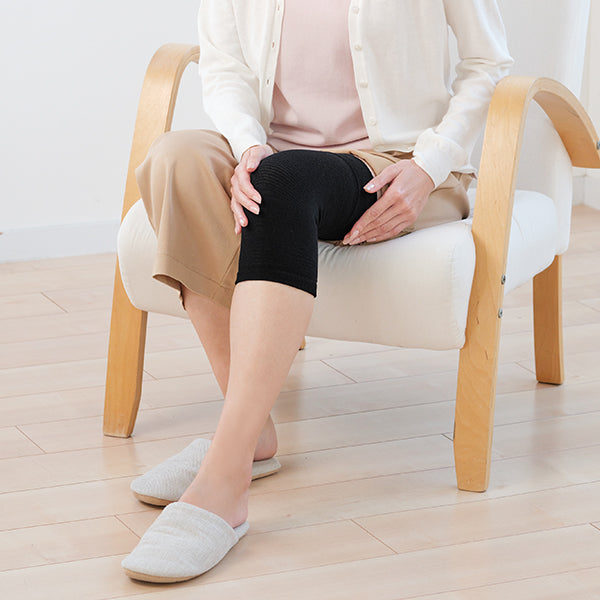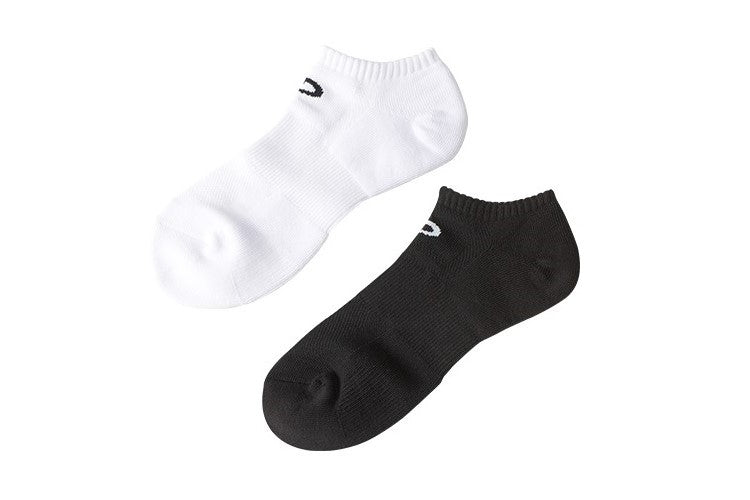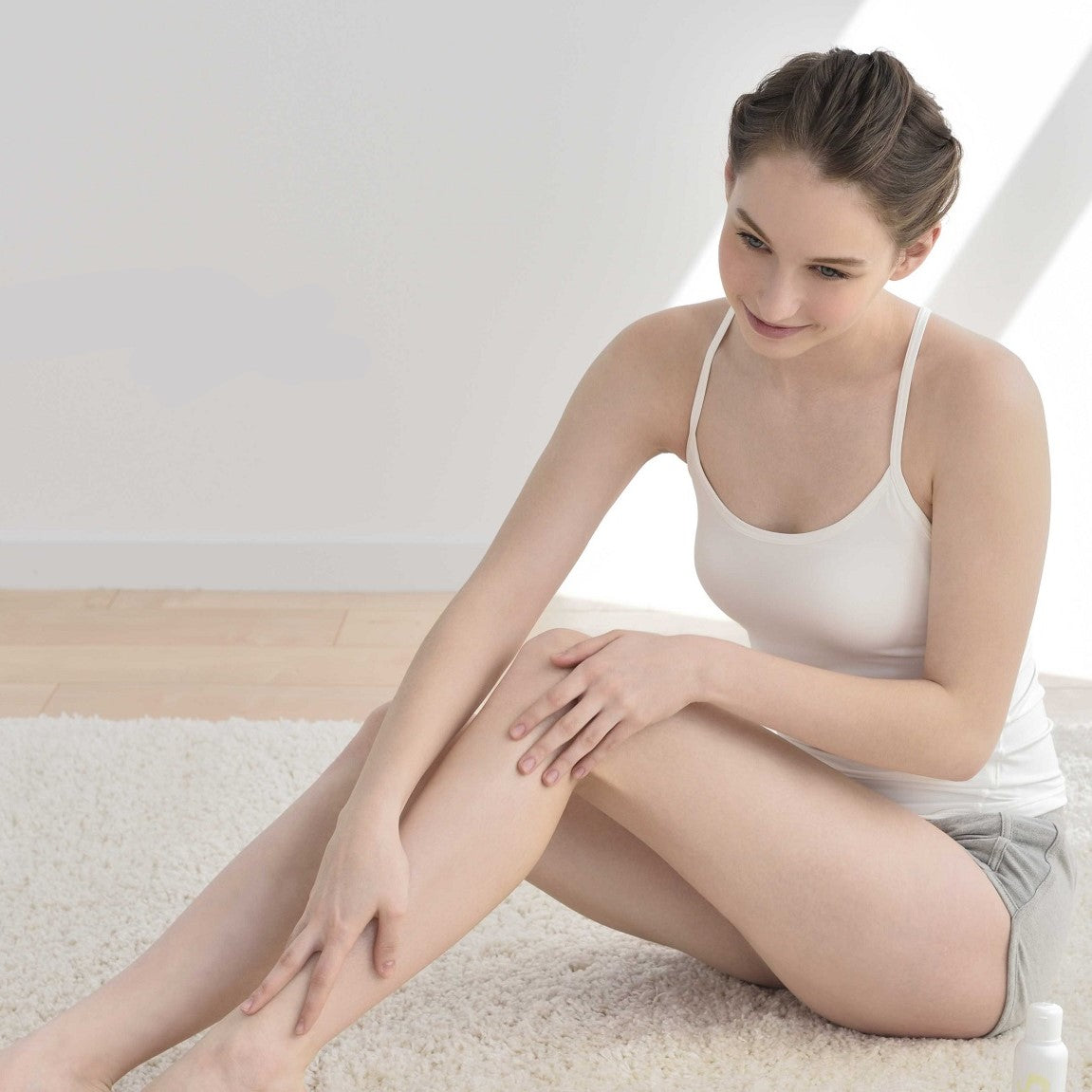WHEN YOUR KNEES CRY OUT IN PAIN: PES ANSERINE BURSITIS
Today, we're diving into a topic that's a common issue for many, yet often left undiscussed: Pes Anserine Bursitis or 'Goose Foot' inflammation.
Pes Anserine refers to the confluence of three muscles in the lower leg - the sartorius, gracilis, and semitendinosus. These muscles converge on the inner part of your shin bone (tibia) in a manner that resembles a goose's foot, hence the term 'Pes Anserine'. The word "bursitis" refers to inflammation of a bursa, a small fluid-filled sac that serves as a cushion between bones and tendons or muscles.

When we talk about Pes Anserine Bursitis, we're referring to the inflammation of the bursa situated in the Pes Anserine area. The condition is commonly associated with athletes, particularly those involved in running and swimming, but it can impact anyone. People with chronic diseases like diabetes or osteoarthritis, and those who are overweight, may also be at risk.
The main symptoms of Pes Anserine Bursitis include pain and tenderness on the inside of the knee, which can worsen when climbing stairs or with strenuous exercise. In severe cases, swelling may also be present.
Diagnosis of this condition typically involves a physical examination, where your doctor may apply pressure to the affected area to check for pain. Imaging tests such as X-rays or ultrasounds can also be useful to rule out other potential conditions.
Treatment for Pes Anserine Bursitis generally focuses on reducing inflammation and relieving pain. The RICE method - Rest, Ice, Compression, and Elevation - can be beneficial in managing symptoms. Non-steroidal anti-inflammatory drugs (NSAIDs) are often recommended as well. For severe or chronic cases, physical therapy or even surgical intervention may be necessary.
Prevention is always better than cure. Regular exercise, maintaining a healthy weight, and strength training can help reduce the risk of developing Pes Anserine Bursitis. Incorporating exercises that strengthen the hamstrings, quadriceps, and other muscles of the legs can be particularly beneficial.
Remember, knowledge is the first step in prevention. Understanding conditions like Pes Anserine Bursitis can help us take better care of our bodies and maintain our overall health. Stay tuned for more informative health-related topics.
Symptom Check:
□ Pain when pressing on the inside of the knee
□ Pain on the inside of the knee after exercise
□ Swelling or a feeling of warmth in the knee
People who should pay attention:
□ Those who participate in sports that involve a lot of twisting movements from the knee down, such as basketball, soccer, and breaststroke swimming
□ Those who engage in sports without adequate warm-up exercises
□ Those who occasionally engage in sudden, intense, and long-lasting physical activities
Disclaimer:
Please note that the information provided in this newsletter is for educational purposes only. It is not intended as a substitute for professional medical advice, diagnosis, or treatment. Always seek the advice of your physician or other qualified health providers with any questions you may have regarding a medical condition.
These statements have not been evaluated by the FDA. This product is not intended to diagnose, treat, cure or prevent any disease.
Individual results may vary significantly. Not all users will experience the intended benefits of Phiten products, and individuals must try for themselves to see whether it works for them.


